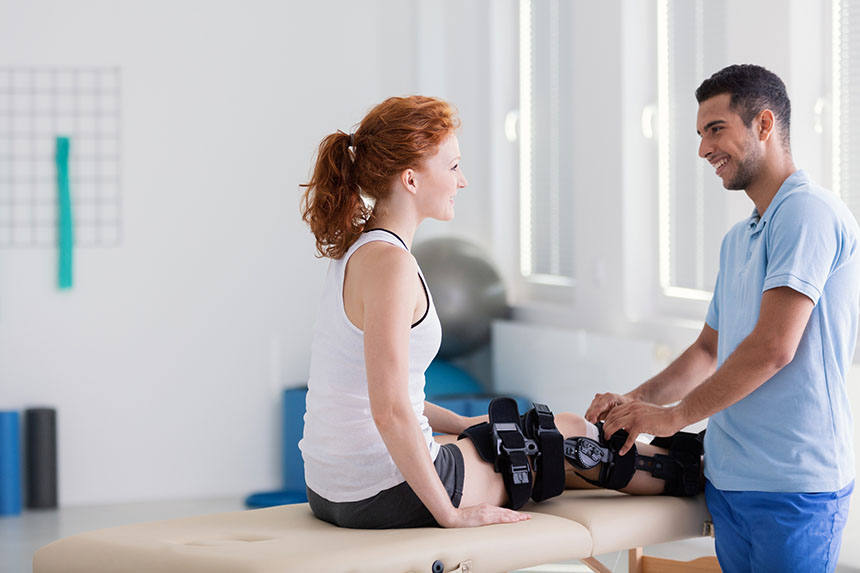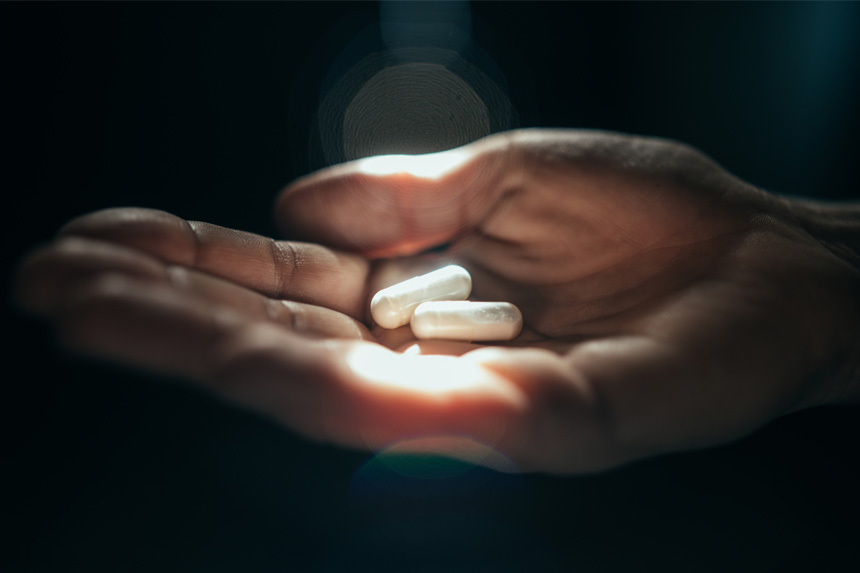On January 2, 2023, Buffalo Bills safety Damar Hamlin suffered a cardiac arrest on the field. Fortunately, Hamlin survived, thanks in part to cardiopulmonary resuscitation (CPR) performed by the team’s medical personnel, as well as the level of trauma care available at UC Medical Center (the Bills were playing the Cincinnati Bengals).
Medical advancements in treating, diagnosing, and preventing injuries help athletes perform their best. And athletes have specific protection needs based on their sport that can range from helmets and padding to specialized clothing.
In this blog, we review five trends we’ve found in sports medicine and protection technology that are advancing safety as well as treatment.
1. Increasing number of sports medicine patients and interest in the specialty
There are nearly 12,000 professional athletes in the U.S. and about one-quarter of the adult population report currently playing a sport. That’s a lot of opportunity for injury and therapeutics.
We looked at sports medicine procedure codes in the Definitive Healthcare Atlas All-Payor Claims Dataset and found that the number of unique sports medicine patients increased by about 5% from 2018 to 2022. There was also a 2% increase in the number of sports medicine medical claims in that timeframe.
Providers are also taking note of the specialty – results of a recent survey from the Association of American Medical Colleges (AAMC) show that interest in sports medicine as an area of expertise had the most growth among medical residents between 2016 and 2021. Many factors likely contribute to the rise in interest in the specialty, including the popularity of professional athletes in mainstream media and awareness around health and physical fitness.
2. Advancing concussion treatment and prevention
It has been nearly 20 years since Dr. Bennet Omalu published evidence-based research on chronic traumatic encephalopathy (CTE), and its relationship with repetitive head trauma. Since then, the establishment of The CTE Center and UNITE Brain Bank at Boston University School of Medicine have helped advance research in understanding the progression of the disease. Their focus on the degenerative condition has raised awareness towards traumatic brain injuries (TBI), advanced developments towards potentially diagnosing CTE in the living (CTE is officially diagnosed during autopsy), and brought attention to preventive measures in sports.
Based on Atlas All-Payor claims, 2022 saw a 7% increase in concussion diagnoses in comparison to the previous year. Over one-third (34%) of these concussion diagnoses were indicated to be severe in nature (based on loss of consciousness and/or edema of the spine). In comparison to 2018, concussion diagnoses have fallen 12%, coinciding with a 1% drop in severity over the same 5-year span.
With an awareness of head injuries becoming more prevalent, adequate medical treatment may also be more accessible. From 2018-2022, concussion diagnoses have increased by 4% in favor of outpatient settings versus inpatient settings.
In addition to the change in care setting, the recent introduction of new ICD-10 diagnosis codes can help document concussions and other brain injuries with further specificity. And that can help increase the understanding of what treatments and procedures may work best to alleviate symptoms and decrease the prevalence of CTE.
3. Injury specific surgeries and advancements
Start talking sports medicine with a baseball fan and they will probably bring up Tommy John surgery. The procedure repairs a torn ulnar collateral ligament (UCL) and is named for the first pitcher to undergo the new surgery introduced by Frank Jobe, MD, in 1974. In the nearly 50 years since it was first performed, surgeons continue to perform the procedure. Claims for current procedural terminology (CPT) code 24346: reconstruction medial collateral ligament, elbow, with tendon graft (includes harvesting of graft), increased by more than 10% from 2018-2022.
Many of the common sports injuries athletes get, including broken bones, cartilage tears, and dislocations, require surgery. In fact, according to 2022 data from the Atlas All-Payor Claims Dataset, 14% of sports injury diagnoses tracked also involved surgery.
Professional basketball team physicians Dr. Brian Cole and Dr. Riley J. Williams discussed some specific examples of advancements in surgery with Sports Medicine Weekly. Over their careers, they have seen data help guide more evidence-based medical decisions. As a result, they can more accurately plan for surgeries with the help of better imaging technology and the introduction of human tissue for cartilage repair is helping patients recover.
4. The importance of physical therapy following surgery and injury
In addition to surgery, physical therapy can be an important component for athlete recovery and to get back in the game. Based on our analysis, 20% of sports injury diagnoses had related physical therapy claims.
Athletes aren’t the only ones using physical therapy either. Therapists, which include physical and occupational therapists, are the most common medical specialty for providers in our PhysicianView product. And physical therapy procedures are some of the most commonly billed visits for patients. The following four CPT codes appear in the top 10 billed physician procedures for 2022 and account for nearly 8% of provider procedures for the year:
- 97110 THERAPEUTIC EXERCISES
- 97530 THERAPEUTIC ACTIVITIES
- 97140 MANUAL THERAPY 1/> REGIONS
- 97112 NEUROMUSCULAR REEDUCATION
5. Auto racing driver protection
With high rates of speed and the potential for collisions, auto racing is dangerous by nature. But racing safety has made strides in protecting drivers over the last few decades. In addition to helmets, Formula 1 (F1) and IndyCar Series drivers now wear fire-resistant race suits. Their cars have also evolved to better protect them.
For F1 cars, the survival cell is a penetration resistant and crash-protection structure in which the driver sits. The Head and Neck Support (HANS) device, introduced in 2003, limits driver head movement and neck hyperextension. And mandatory since 2018, the halo is a carbon fiber structure that wraps around the driver’s head to protect them from debris and if the car flips over. Drivers Lewis Hamilton and Zhou Guanyu were protected by their cars’ halo in 2021 and 2022, respectively.
Since 2020, IndyCars use an Aeroscreen similar to F1’s halo. Designed by Red Bull Advanced Technologies, the Aeroscreen is a cockpit protection device that shields the driver from large and small debris. There was a crash during the opening race of the 2023 IndyCar season in which the Aeroscreen protected driver Benjamin Pedersen. In addition, in 2023, IndyCar improved the design of the headrest to better protect the driver’s head.
And when crashes do happen, medical personnel are on hand. For example, Indiana University (IU) Health has an emergency medical center at the Indianapolis Motor Speedway that quickly transports drivers and spectators to the level 1 trauma center at IU Health Methodist Hospital. The facility is a top hospital in the nation and a leading academic medical center.
Learn more
With more patients utilizing sports medicine treatment and healthcare providers increasing their interest in the specialty, we look forward to expertise in the area expanding. And by using the science of anatomy and medicine, medical device, biopharma, and technology companies can create better diagnostic techniques, treatments, and preventions to keep athletes safe and help them recover faster.
Need to dive into more data on sports medicine providers, CPT codes, or ICD-10 diagnoses? Start a free trial today and see how healthcare commercial intelligence can help your team hit a home run.




